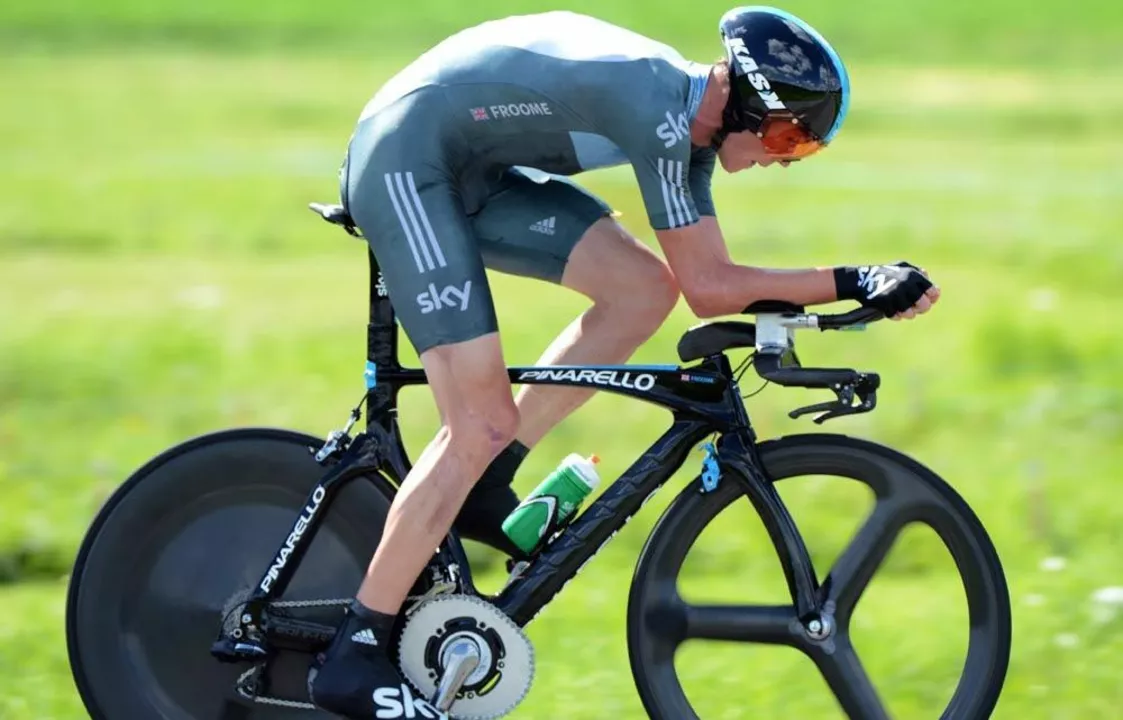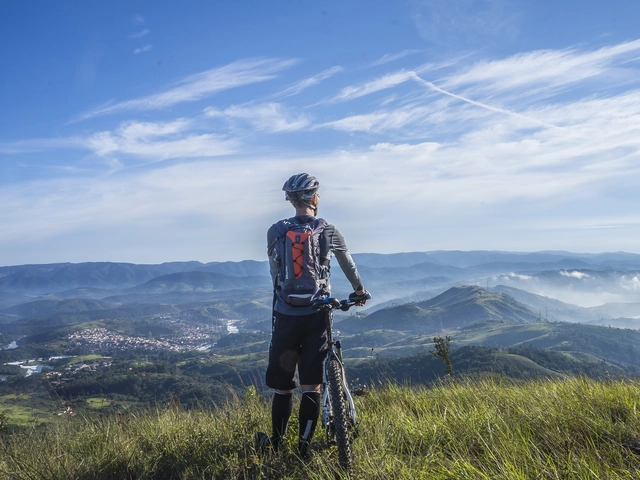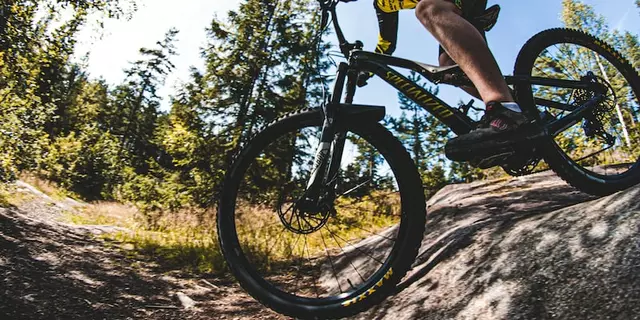Competitive Cycling: Essential Tips and Tactics
If you’re chasing a podium spot on the roads around Skipton, you need more than just strong legs. Simple tactics, smart gear choices, and a bit of local know‑how can shave minutes off your ride and give you the edge over the pack. Below are the basics you can start using today.
Master the Basics of Road Race Tactics
First up, drafting. Riding close behind another cyclist cuts wind resistance by up to 30 %. Stay within a wheel length of the rider in front and you’ll save energy for the final sprint. When the group slows for a corner or a climb, slip into the draft, then pop out when you see a chance to accelerate.
Timing your attacks matters too. A common mistake is to sprint too early and burn out before the finish. Watch the race’s rhythm – if the peloton eases after a climb, that’s a perfect moment to surge and force a breakaway. Keep an eye on the leaders; if they hesitate, you can take the lead.
Know the course. A quick glance at the route map tells you where the steep sections, sharp turns, and technical descents lie. Plan your gear before you hit the road so you’re not scrambling for the right chainring mid‑race. In Skipton, the limestone climbs can be brutal, so a lower gear will help you keep a steady cadence.
Gear, Training, and Local Race Resources
Choosing the right tires can make a difference on rough country lanes. Wider tires (28‑32 mm) give better grip and comfort on bumpy roads, while a slightly lower pressure improves traction on wet surfaces. If you’re racing on mixed surfaces, consider a tyre with a slick‑plus tread pattern for both speed and grip.
Training for races isn’t just about long rides. Mix in interval sessions – 5 minutes hard, 5 minutes easy – to boost your anaerobic power. Climbing repeats on a hill similar to Skipton’s toughest ascent will teach your body to handle the steep sections without losing momentum.
Don’t overlook rest. A well‑timed recovery ride or a day off helps your muscles rebuild, and you’ll feel fresher on race day. Hydration and nutrition are simple but vital: sip water every 15‑20 minutes and eat a carb‑rich snack before the start to keep your energy steady.
Skipton offers several club races and time trials throughout the season. Join the local club’s newsletter or check the club’s notice board for upcoming events. Racing with familiar faces lets you practice tactics in a low‑pressure setting and learn the quirks of local routes.
Finally, keep a race log. Write down what worked, what didn’t, and how you felt on different sections. Over time you’ll spot patterns – maybe you excel on short climbs but lose momentum on long flats. Adjust your training and gear accordingly, and watch your results improve.
Competitive cycling is as much about smart decisions as it is about fitness. Use drafting, pick the right moments to attack, gear up for the local terrain, train with purpose, and stay connected with the Skipton cycling community. Follow these steps and you’ll be riding faster, stronger, and more confidently in every race you enter.

What are some basic tactics in competitive road cycling?
Road cycling is a challenging and highly competitive sport. To be successful, riders must employ a variety of tactics to gain an edge over their competitors. These tactics include using drafting techniques to reduce wind resistance and conserve energy, timing accelerations to break away from the pack, and optimizing gear ratios for the terrain. Other tactics include studying the course beforehand, making the most of rest periods, and choosing the right tires. With the right tactics and a bit of luck, competitive road cyclists can achieve great success.
View More



